Ukraine sucked Russian troops into the Severodonetsk salient, then bled them dry using attritional tactics. Ukrainian forces eventually withdrew, but at a time and pace of their own choosing.
That delay allowed Ukraine to train and then introduce longer range western artillery, which appears to be impacting Russia's ammunition and fuel supplies. Russia simply does not have the people or equipment for extended operations. Which is why they are resorting to terror bombing of Ukrainian shopping malls and other civilian targets. JL
Michael Kofman reports in The Center For New American Security via Twitter:
Both sides lack the forces for a major breakthrough. Due to heavy losses in the early weeks of the war & difficulty in coordinating, the Russian military has been unable to conduct larger envelopments. Instead, forced into a plodding advance, concentrating fires, leveling towns, to press UA forces from their positions. Russian objectives appear aspirational at best. Long term trends still favor Ukraine. However, that is conditional on sustained Western military assistance. I'm skeptical of RU ability to press Slovyansk/Kramatorsk. If sufficiently armed, UA should be able to generate forces for its own offensive.Both sides have made incremental gains, neither is near collapse, but equally, both lack the forces for a major breakthrough. Thread. (Will use some of Nathan's maps) 1/Over the past month Russian forces struggled to break out of Popasna, but have now taken Severodonetsk, and their advance at Toshkivka places them outside Lysychansk. The Russian military now threatens to sever the Severodonetsk/Lysychansk pocket. 2/After first reinforcing the city, UA was forced to withdraw from Severodonetsk to Lysychansk, and from the area around Zolote. This allowed the Russian military to advance, threatening ground lines of communication. (Jomini has a good sitrep) 3/If successful, Russian forces will eventually run into a UA line of defense at Bakhmut-Siversk. This will reset the battle line further west, but UA positions around Slovyansk & Kramatorsk remain heavily fortified. Russian forces have not had much success pushing from Izyum. 4/Due to heavy losses in the early weeks of the war & difficulty in coordinating forces, the Russian military has been unable to conduct larger envelopments. Instead, forced into a plodding advance, concentrating fires, leveling towns, to press UA forces from their positions. 5/The Russian goal in Donbas is likely to setup a battle for Slovyansk/Kramatorsk, with an axis of advance from Izyum and another from the east, assuming they were able to get past Bakhmut. This objective appears aspirational at best. 6/The offensive in this part of the battlefield is likely to drag on, perhaps well into July or August. Though both sides are liable to become exhausted due to losses of manpower and materiel. 7/North of Kharkiv there has been a see-saw battle between UA efforts to push Russian artillery away from the city & Russian efforts to retain a buffer. The fight is indecisive. It does not appear that UA has the forces to threaten Russian supplies to Izyum. 8/Around Kherson, west of the river, UA forces have made steady gains eating away at Russian positions & inching a bit closer to the city. The battle lines are more fluid here, and Russian forces are the most spread out in these positions. (Yellow UA gains, Purple RU per Nathan) 9/Kherson is where a future UA counter offensive could play out. Despite the present focus on the Donbas, economically and strategically Kherson is more significant, and it is where UA ability to conduct offensive operations will likely be tested in the future. 10/The battle over Donbas is important but not especially decisive for Ukraine. UA has sought to exhaust Russian forces there by forcing attritional fights over cities/towns, while making localized counter attacks along other parts of the front. 11/Recently there have been UA advances in the southern part of the Donbas by Vuledar. This suggests that Russian forces, while concentrated on the Lysychansk salient, are stretched thinly across a 800km+ front. 12/The general lack of force availability (on both sides) has forced this into an attrition war. The Russian military holds a substantial advantage in fires, although not a dramatic advantage in manpower and materiel, hence a lack of momentum in operations. 13/Despite the focus on the map, who advanced at what rate, etc. the more important question is how the fighting affects the two forces & their prospects for sustaining the war. Gains may be small, but losses on both sides in a battle high. 14/Russian forces are increasingly dependent on mobilized manpower from LDNR, Wagner ChVK, volunteers & reserve battalions manned by recently contracted servicemen. These units now absorb the bulk of the attrition. Fighting for Severodonetsk was largely by LNR mobilized units. 15/The Russian mil is using LDNR as dismounted infantry, and trying to cobble the rest together (VDV, Motor rifle units, Wagner formations) into groups capable of offensive maneuver. They shift more capable forces around the battlefield to attempt localized advances. 16/On the UA side, significant losses in recent months have led to a growing dependence on territorial defense forces and lower quality replacements. However, the situation does not suggest UA forces are anywhere near collapse in the Donbas. 17/Ukrainian discourse in recent weeks had begun to paint a bleak picture in part to motivate faster delivery of Western military aid. UA is in a capability trench, low on ammunition, with losses mounting, in need of artillery & MLRS to attain some parity in an attrition war. 18/HIMARS will allow UA to conduct strikes at tactical-operational depths, hitting Russian logistics & C2. But this capability is being provided in installments and the impact could be greatest when it is first introduced, before Russian forces attempt to adapt. 19/This phase of the war will probably drag on into the summer. Costs on both sides are mounting, unsustainable casualties may lead to an operational pause in the coming months. That will still see a relatively dynamic battlefield rather than a stalemate (this is a guestimate). 20/Overall, local mil balance in Donbas favors Russia, but long term trends still favor Ukraine. However, that estimate is conditional on sustained Western military assistance, and is not necessarily predictive of outcomes. This is likely to be a protracted war. 21/I will follow up with a thread on force quality and availability. This strikes me as the more important question to examine. There are issues with degradation of force quality on both sides, and adaptations taking place that will shape the course of the war. 22/I'll add that at this rate Russian gains in the Donbas are likely to be limited chiefly to Luhansk oblast, i.e. I'm skeptical of RU ability to press into Slovyansk/Kramatorsk. If sufficiently armed, UA should be able to generate forces for its own offensive in a later phase.


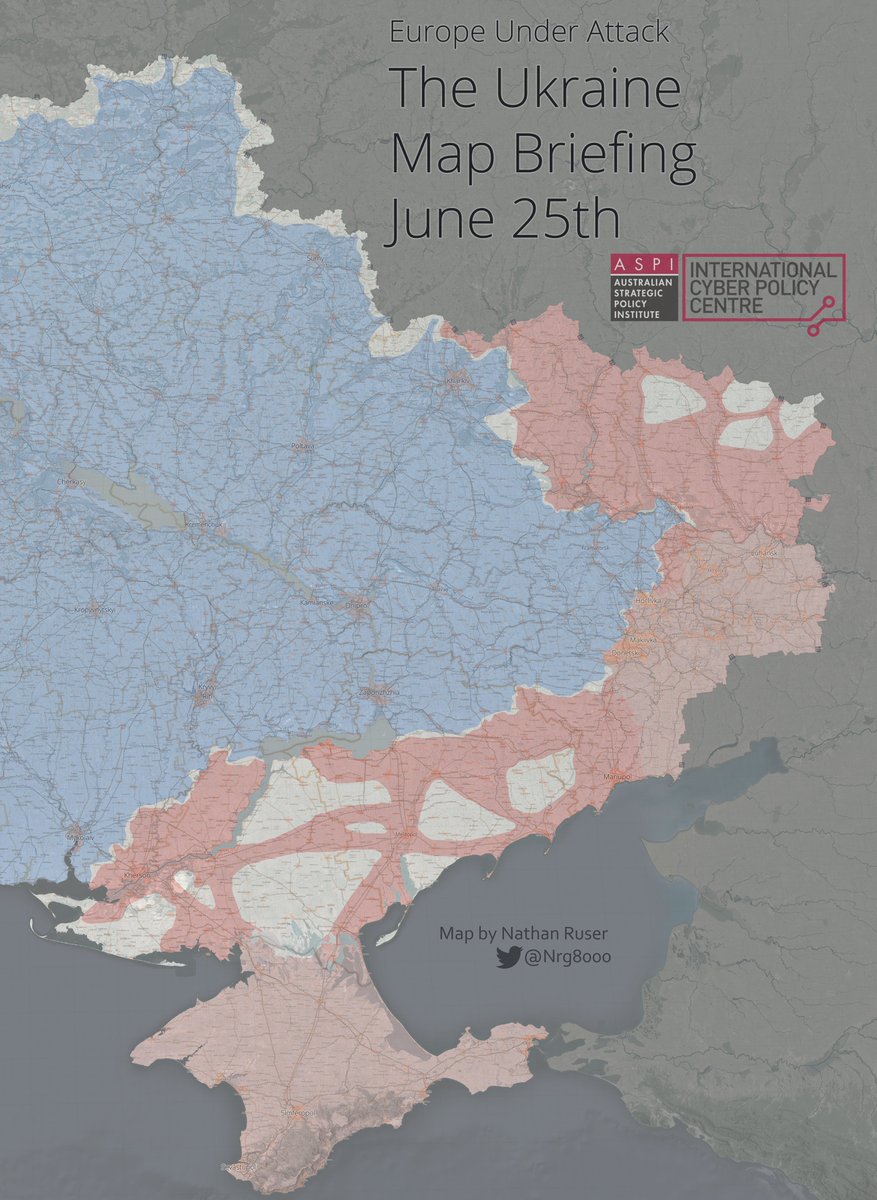
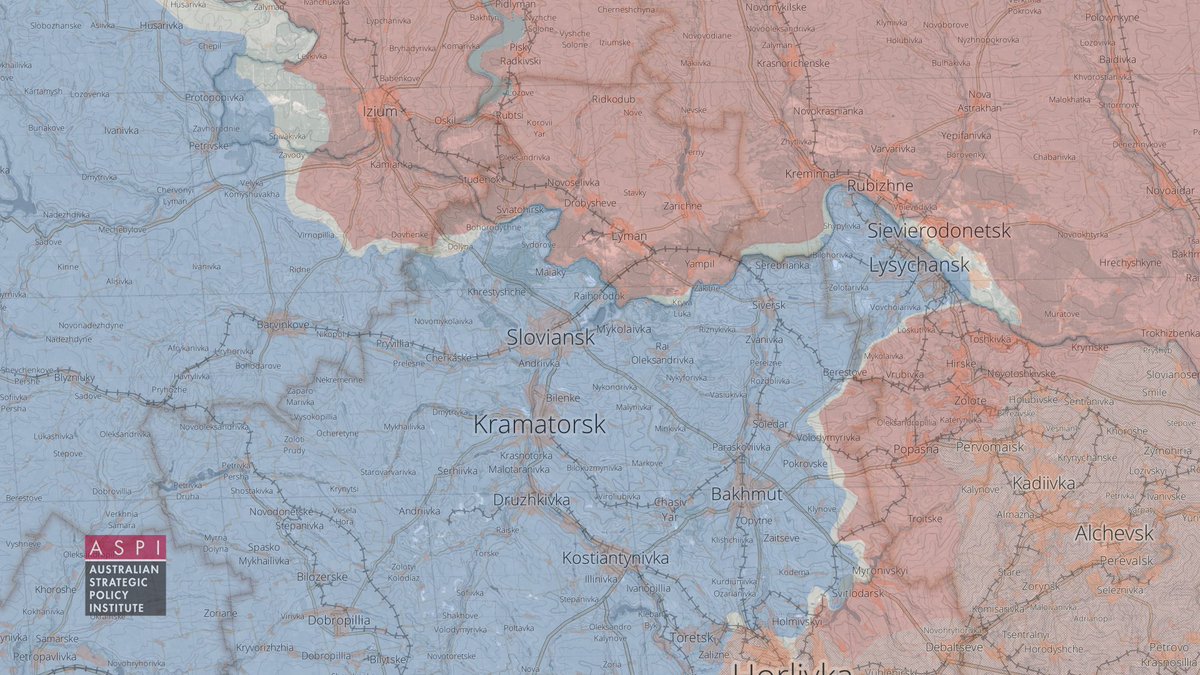

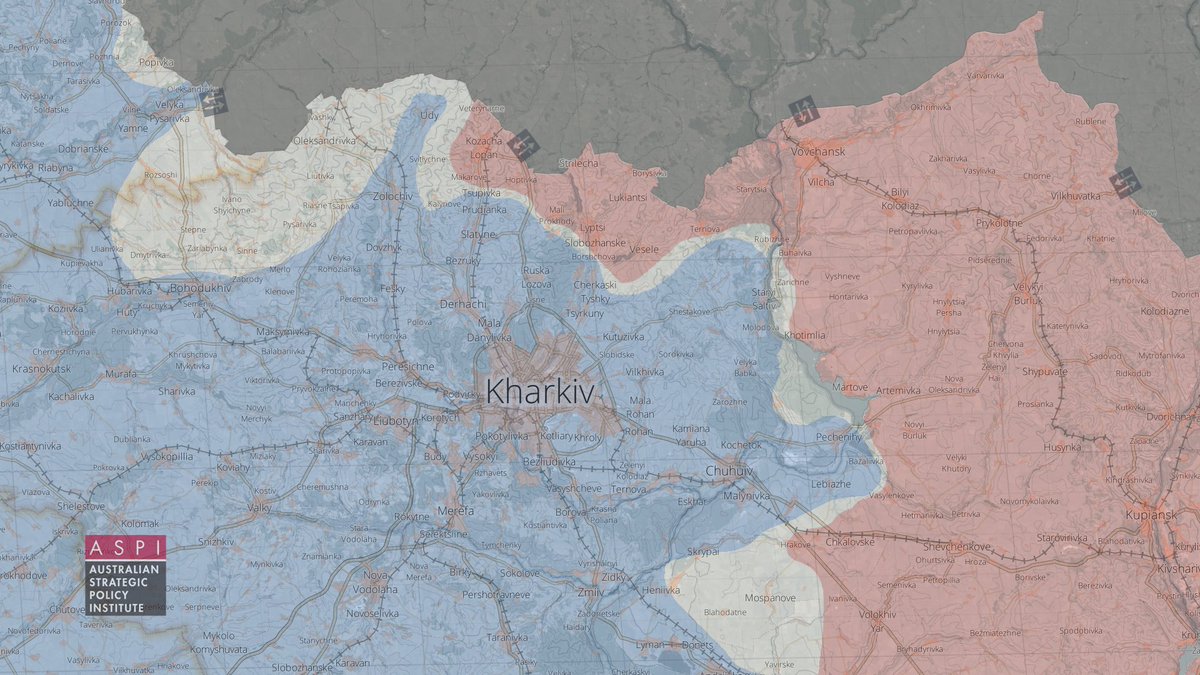
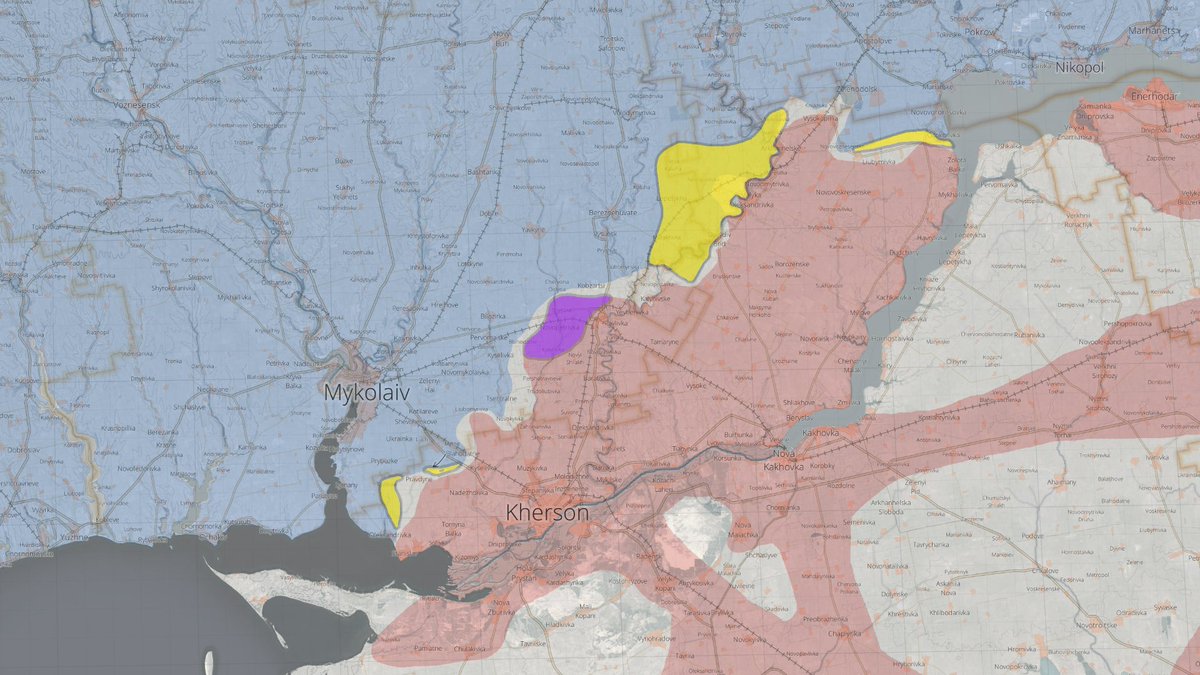
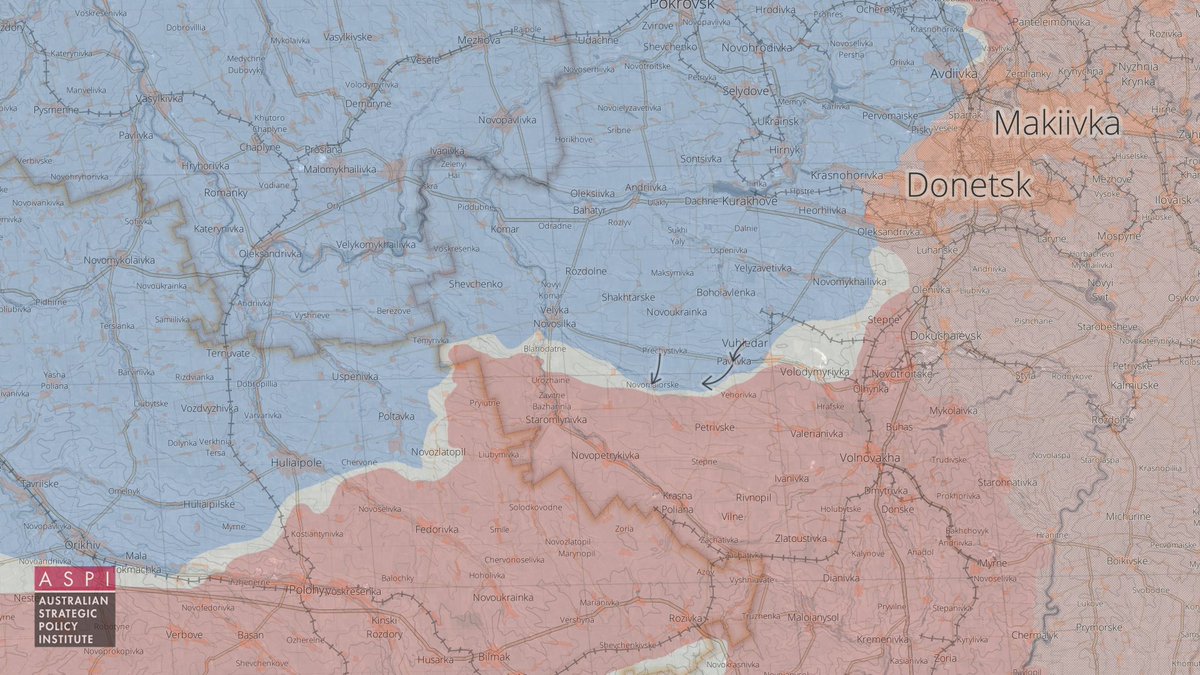


















0 comments:
Post a Comment